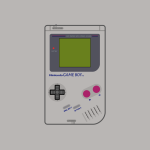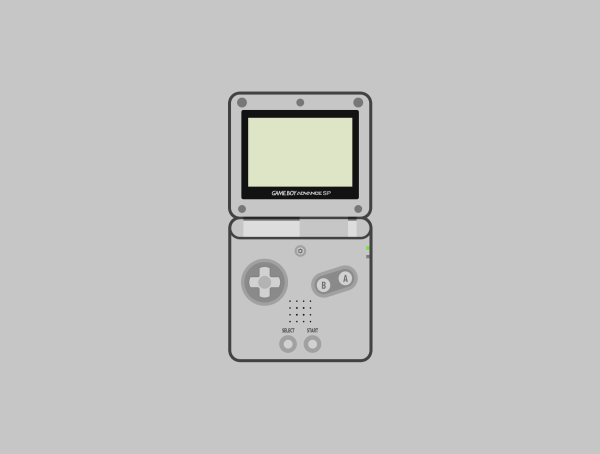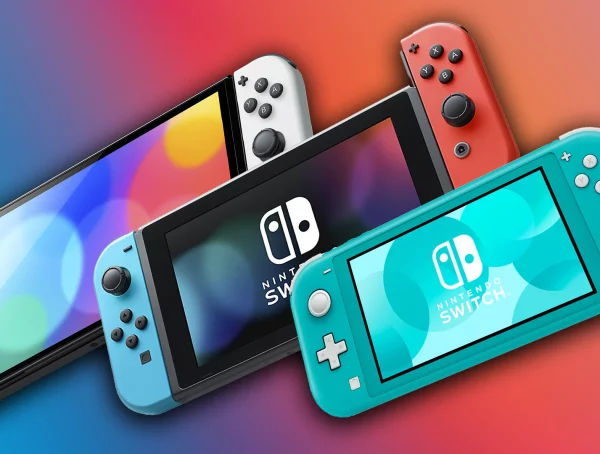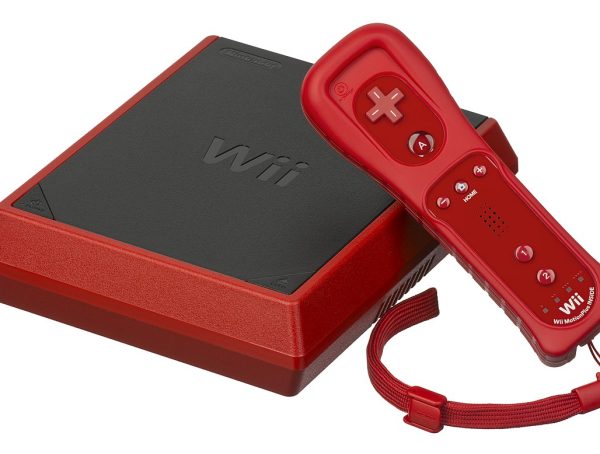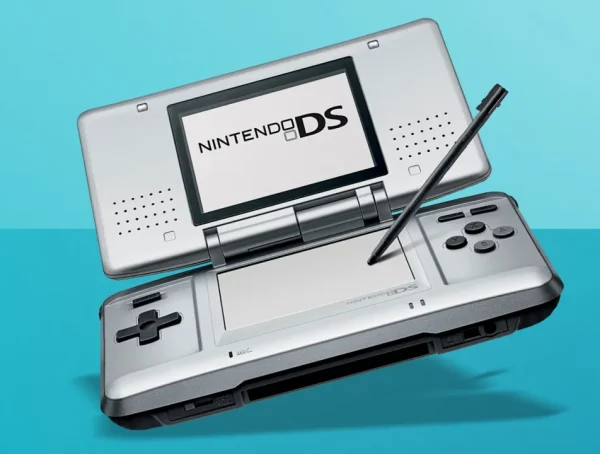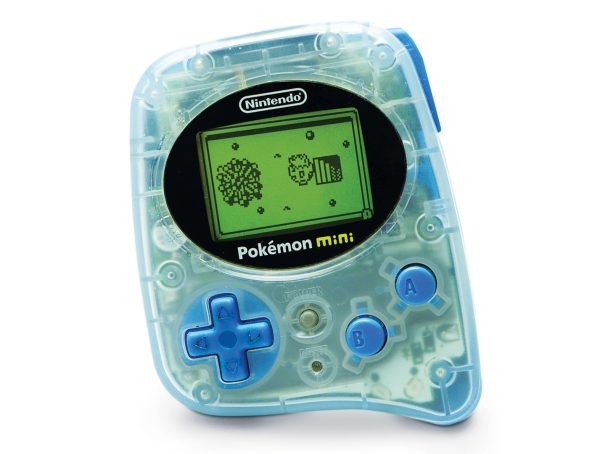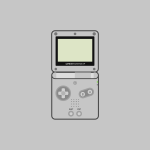The Nintendo 3DS stands as one of the most innovative and successful handheld consoles in gaming history. Launched during a transitional era in the gaming world, the 3DS pushed the boundaries of portable entertainment with its glasses-free 3D technology, strong first-party lineup, and backwards compatibility. In this article, we’ll dive deep into the history, versions, and full technical specs of the Nintendo 3DS, helping fans and collectors understand the legacy of this iconic device.
History of the Nintendo 3DS
The Birth of a New Generation
The Nintendo 3DS was officially announced in March 2010 and released in Japan on February 26, 2011, followed shortly by launches in North America (March 27) and Europe (March 25). It succeeded the Nintendo DS family, which had been a massive hit globally, and aimed to redefine portable gaming with a unique autostereoscopic 3D screen that didn’t require special glasses.
Early Challenges and Price Drop
Despite strong anticipation, the 3DS struggled at launch due to a limited library of games and a high launch price of $249.99 in the U.S. Nintendo quickly responded with a significant price drop to $169.99 just six months later. To appease early adopters, Nintendo launched the Ambassador Program, offering 20 free downloadable games from NES and GBA libraries.
The Turning Point
With key first-party titles like Super Mario 3D Land, Mario Kart 7, Pokémon X & Y, Animal Crossing: New Leaf, and The Legend of Zelda: Ocarina of Time 3D, the 3DS gained momentum. It eventually sold over 75 million units worldwide, securing its place as one of Nintendo’s most successful platforms.
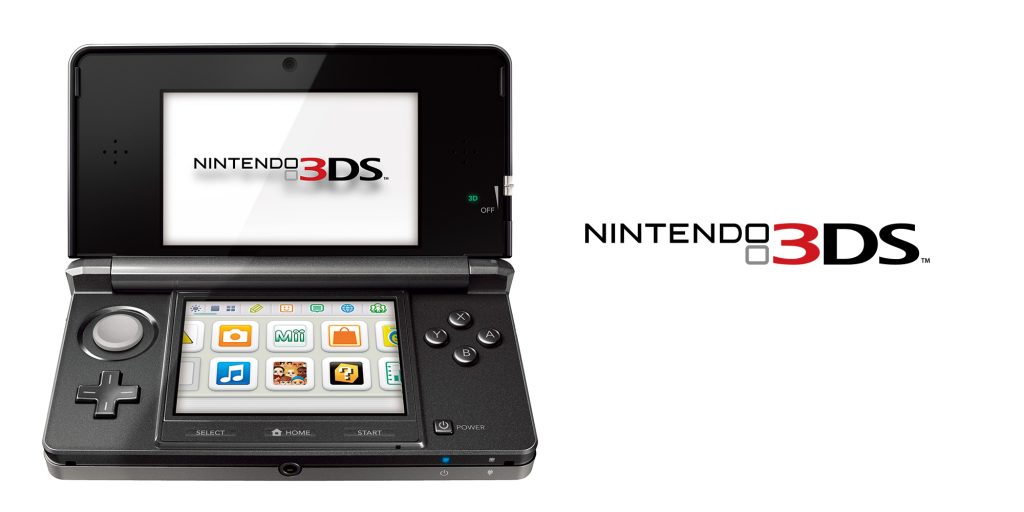
Versions of the Nintendo 3DS
Throughout its lifecycle, the 3DS evolved through multiple hardware revisions:
1. Nintendo 3DS (Original) – 2011
- The launch model with a 3.53″ top 3D screen and 3.02″ bottom touchscreen.
- Introduced the Circle Pad, 3D depth slider, AR games, and StreetPass/SpotPass features.
2. Nintendo 3DS XL – 2012
- Larger screens (4.88″ top, 4.18″ bottom).
- Improved battery life.
- Better for extended gaming sessions, though it retained the same internal hardware.
3. Nintendo 2DS – 2013
- Budget-friendly version with no 3D feature and a slate design (not clamshell).
- Targeted at younger gamers.
- Fully compatible with 3DS and DS games.
4. New Nintendo 3DS – 2014 (Japan), 2015 (Worldwide)
- Improved CPU for faster loading and exclusive games.
- Additional C-Stick and ZL/ZR buttons for better control.
- Face-tracking 3D for more stable 3D viewing.
- Customizable faceplates (standard size only).
5. New Nintendo 3DS XL – 2014/2015
- Same improvements as the “New” model but with larger screens.
- Non-removable faceplates.
6. New Nintendo 2DS XL – 2017
- The final revision.
- Clamshell design with no 3D, but with all hardware enhancements from “New” models.
- Lighter, sleeker, and more affordable.
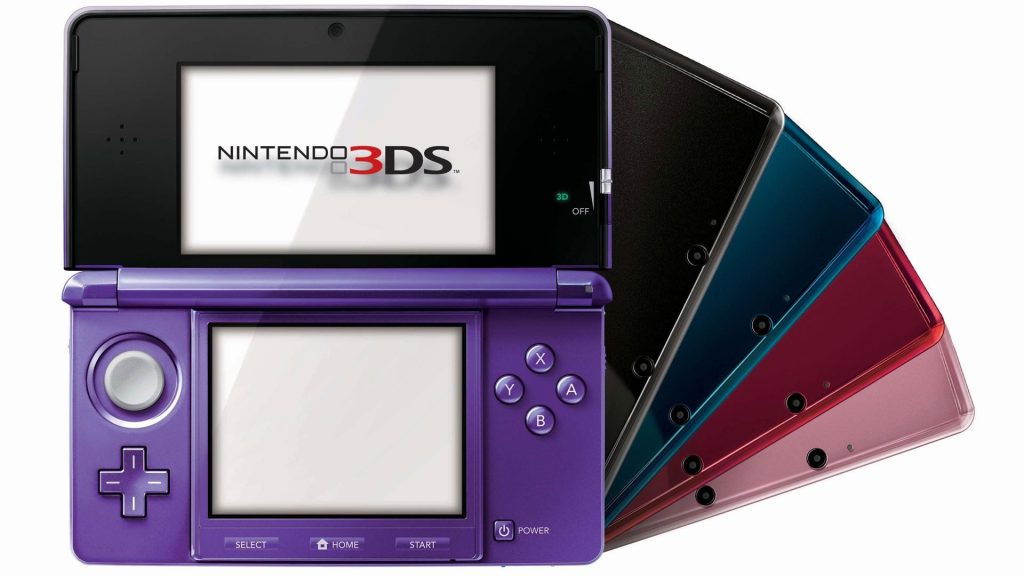
Nintendo 3DS Technical Specifications
Display
- Top Screen: 3.53” LCD, 800×240 pixels (400 pixels per eye for 3D effect)
- Bottom Screen: 3.02” resistive touchscreen, 320×240 pixels
- XL Versions: Larger displays (Top: 4.88”, Bottom: 4.18”)
CPU & Memory
- Processor: Dual-core ARM11 MPCore + single-core ARM9
- RAM: 128 MB FCRAM
- VRAM: 6 MB
- Storage: SD card slot (2GB or 4GB included depending on model)
Controls
- Circle Pad (analog)
- D-Pad
- Four face buttons (A, B, X, Y)
- L/R triggers (plus ZL/ZR in “New” models)
- Start, Select, Home buttons
- Touchscreen input
- C-Stick (New models only)
Cameras
- One inward-facing camera
- Two outward-facing cameras for 3D photos/videos
- Resolution: 640×480 (VGA)
Connectivity
- Wi-Fi 802.11b/g
- StreetPass and SpotPass support
- Infrared (IR)
- NFC (New models only – for Amiibo support)
Battery Life
- Varies by model and settings:
- Original 3DS: 3–5 hours (3DS games)
- 3DS XL: 3.5–6.5 hours
- New 3DS XL: 3.5–7 hours
- 2DS models offer slightly longer battery life
Audio
- Stereo speakers (surround sound)
- 3.5mm headphone jack
- Microphone for voice input
Best-Selling and Notable Games
The 3DS has a vast library of acclaimed titles. Some of the top-selling and most beloved include:
- Mario Kart 7
- Pokémon X/Y, Sun/Moon, Omega Ruby/Alpha Sapphire
- Animal Crossing: New Leaf
- Super Smash Bros. for Nintendo 3DS
- The Legend of Zelda: A Link Between Worlds
- Fire Emblem: Awakening
- Monster Hunter 4 Ultimate
Discontinuation and Legacy
In September 2020, Nintendo officially discontinued all 3DS hardware models. While the eShop for the system remained functional for some time, digital purchases and services have gradually been phased out.
Despite this, the Nintendo 3DS remains beloved for its diverse library, unique 3D feature, and backward compatibility with DS games. It bridged the gap between generations and proved Nintendo’s ability to innovate in the handheld space once again.
Nintendo 3DS a Technological Marvel
The Nintendo 3DS will be remembered not only as a technological marvel with its glasses-free 3D but also as a pillar of handheld gaming history. Whether you’re a nostalgic gamer revisiting classic titles or a collector exploring each hardware variant, the 3DS offers something timeless. Its impact on the gaming industry is undeniable, and its legacy lives on through its iconic games and loyal fanbase.
Want more in-depth guides like this one? Stay tuned to NintenGO, your hub for everything Nintendo!
You might also like
More from CONSOLES
Nintendo Wii Mini: Complete History, Versions, and Specs (2012)
The Nintendo Wii Mini is a lesser-known variant of the highly successful Nintendo Wii console. Designed as a more affordable …
Nintendo DS: The Dual-Screen Revolution (2004)
The Nintendo DS, launched in 2004, marked a bold and innovative step in the world of handheld gaming. With its …
Nintendo Pokémon Mini, One Of The Most Compact Handheld Consoles Ever Released! (2001)
The Nintendo Pokémon Mini is one of the most unique and compact handheld consoles ever released. Designed specifically to capitalize …
